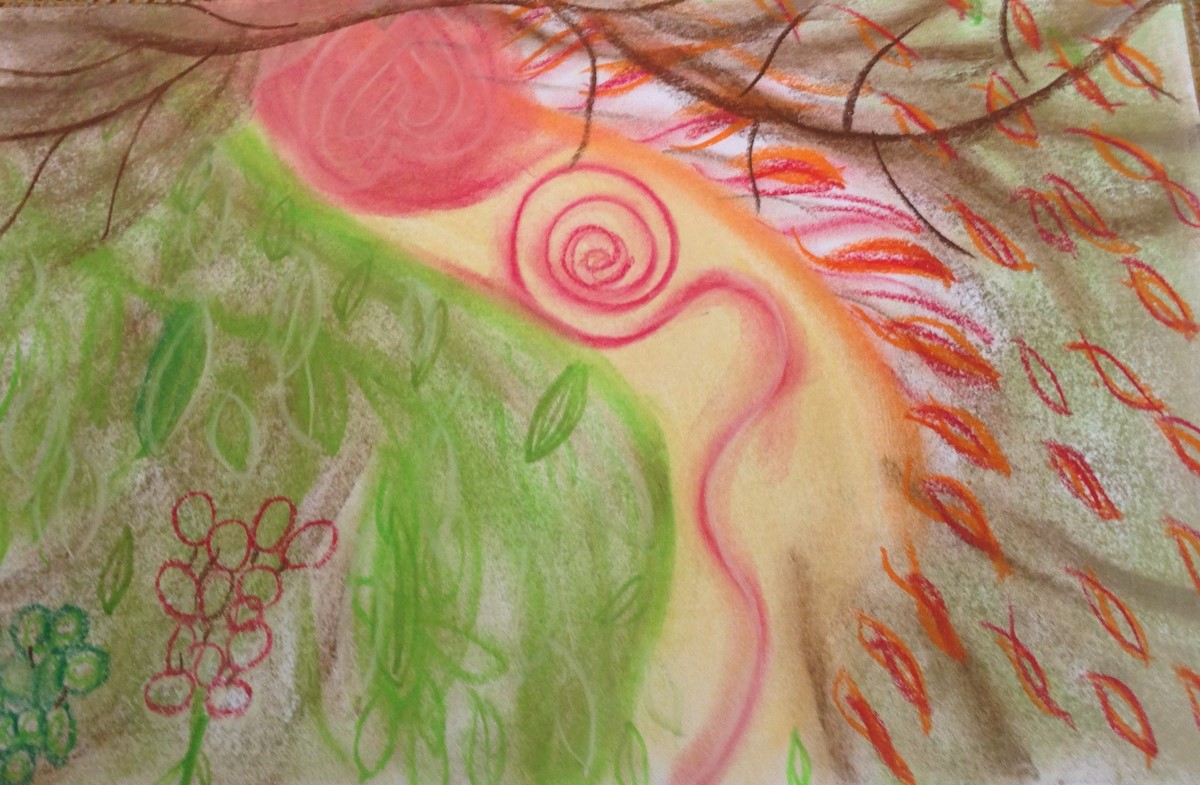Expressive Arts Therapy

Expressive Arts Therapy is a form of psychotherapy that uses play and creative arts as a method of expression. The session takes place in a safe environment where your child will work through their conflicts and challenges alongside their therapist. The therapist can gain insight into your child's world by observing their themes and the symbolic meaning of the play through metaphor.
For young people who may not be able to articulate thoughts, sensations, and emotions, the creative process is useful in conveying what may be difficult to express with words. It is also a sensory-based approach that allows us to experience ourselves and communicate on multiple levels such as visual, tactile, kinaesthetic, and more.
Examples of the content within the session are:
- Sand tray and sand world figures and items
- Clay/playdough
- Creative art/drawing, craft and clay
- Puppets
- Musical instruments
- Roleplay
- Mindfulness
- Creative visualisation
- Therapeutic stories
Expressive Arts Therapy is grounded in evidence and it has been demonstrated to bring some fantastic results for children tweens and teens. This is because it allows the child tween or teen to express themselves through art without judgment while allowing them to show their personality and bring attention to their strengths.
For children tweens and teens needing guidance in areas such as:
- Anxiety
- Body Image
- Difficulty expressing emotions
- Grief and Loss
- Social Skills
- Trauma
The flexibility and range of the expressive arts therapy approach mean it can be offered as a short-term or more of a long-term therapeutic experience, depending on your child's needs.
For further information about Art Therapy, or to express your interest please Contact Me.
Sand Therapy

Sand Therapy is for all ages. Children love it and adults are amazed by its profound ability to get to the core of an issue and make meaning.
Sand play is a highly engaging form of therapy that can provide emotional release. Using the sand tray and chosen miniatures clients create worlds that represent their intrinsic worlds. By creating sand worlds there is little need for a verbal explanation of feelings nor a need to verbally explain emotions, and bodily sensations, rather there is a felt sense between body and mind.
Play is a child's natural way of communicating. Children learn to regulate emotions, reduce anxiety, explore feelings, and promote problem-solving and self-esteem through play. Play provides a child with a means through which they can develop, grow, and learn about themselves and the relationships in their lives.
Many children are unable to verbalize emotional states, particularly in the face of trauma. The nonverbal nature of sand play therapy and the familiar medium of sand can help children achieve feelings of comfort and security. With little instruction from the therapist, the child is free to play and develop their expression of situations. Often, the children will experience a sense of independent play and begin making assumptions and behaviour changes without cues from the therapist. This method of therapy can serve as a valuable and powerful outlet for children and an incredibly insightful method of gaining access to traumatic experiences.
Teens who have the vocabulary, often don’t want to express. Either they are at a loss of words as to how to express what they are feeling or they just don’t trust the words that will come out of their mouths. In such cases, Sandtray therapy can support them to open up by allowing the therapist to help make meaning of the symbolism and metaphors of the usage of certain toys and figurines.
For further information about Sand Therapy, or to express your interest please Contact Me.
Clay Field Therapy
Sensory Clay:
From the moment we're born, we rely on our hands to perceive the world. It's through touch that we communicate with our primary caregivers and attain a sense of love and security. In Clay Field Therapy, children work with clay and water in a rectangular box. The therapeutic focus is not on object creation, but on the touch connection with the clay as a symbolic external world. Movement, touch, and sensory feedback that have long been out of reach are actualized through the creative process, enabling the child to heal past wounds and regain a more fulfilling sense of self.
For further information about Clay Therapy, or to express your interest please Contact Me.
